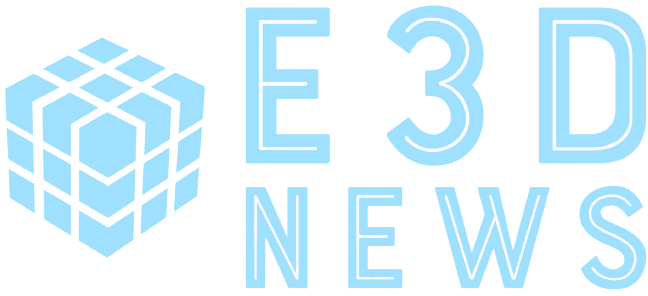Student monitoring software, like GoGuardian, Blocksi and Securely, has been used for years, coinciding with many 1:1 technology initiatives that supply students with school laptops that have monitoring software already installed. But during the pandemic the utilization of the software exploded, especially when it came to test taking, since some schools attempted to recreate the testing environment that was found in person and pre-pandemic. This has raised a number of problems and questions about the uses and invasiveness of these programs.
Recently, Cumberland Valley School District in Pennsylvania installed Blocksi on their school issued laptops and received strong pushback from parents who called the program “virus spyware” and claimed it was migrating onto personal and work computers in the home. The school district pushed back on that claim but this problem is only growing.
President Biden signed the Bipartisan Safer Communities Act in June 2022 which could expand these problems.The legislation aims to increase school safety especially around school violence and shootings but includes large budgets for increased data gathering and monitoring of students, including $200 million for the Office of Community Oriented Policing Services (COPS Office) within the Department of Justice (DOJ).
The President, along with many others, sees how important it is to put a halt to school shootings and other school violence. But gun control legislation and attempts to tackle the supply of guns is politically radioactive. So he, and many other conservative and neo-liberal thinkers, have arrived at the idea of trying to predict who could be a shooter. But this legislation ignores the fact that monitoring software is only present on school issued devices. This creates a two tiered system where those students with families that can afford their own laptops are not monitored while low income students, who are more likely to use the school supplied laptops for personal social media, are the only ones being watched. The Center for Democracy and Technology has found that teachers themselves reported that monitoring is used for discipline more often than for student safety.
And since it is clear to anyone studying school shooters that while these shooters have many problems, there is no correlation with income. Many of them are not even students. And we have already seen that this sort of prediction software is not especially likely to stop a school shooting.
So what will be the outcome of this increased monitoring? With the recent overturning of Roe v Wade and the numerous laws affecting trans youth, this is especially problematic. There is nothing stopping schools from turning over student web searches and other personal information to government agencies or the students’ parents, and in some cases, it may be the expectation. Web searches have already been used to prosecute women in states where abortion has been limited over the years. It is very likely that police in those states will use any means necessary to find students who are looking for these services.
In fact, an almost perfect parallel to the current outcome already exists, and that is the over-policing of schools. Throughout the late 90’s and 2000’s more and more police officers were assigned to schools. Their dramatically elevated presence, especially in lower-income schools, did not make them safer. But it did lead to a lot more teenagers getting arrested. It led to more discipline, more people with records, more kids entering the system, and no noticeable reduction in violence. Now monitoring is poised to do the same.
Students benefit from knowing that their private thoughts will remain private. Mental health issues, LGBTQ+ and gender questioning, political organizing are all areas that students need privacy to work through. Young, low income students often lack the political leverage to advocate for this kind of privacy, and so it is on all of us to understand what it is they need, and when the system is overreaching and harming them.
More Stories
Tutoring as a part of teaching / Everything comes back to money
One of the difficult things with education is our reliance on a “one size fits all” model. We have for...
Justin Reich on Learning Loss, Subtraction in Action, and a future with much more disrupted schooling
Justin Reich is an education and technology researcher and the director of MIT’s Teaching Systems Lab. He hosts a podcast...
Public K-12 Enrollment is falling and that is dangerous and exciting
A surprising result of COVID and the resulting school closures is that many parents, after struggling to figure out how...
Esports could help re-diversify a shrunken curriculum
Esports and schools feel like a pretty strange fit. Regular sports have always gone with schools, but adding esports still...
Review of “How to Raise Successful People” by Esther Wojcicki
This is an interesting book with the perspective of a unique person that ultimately falters because of the blind spots...
SIGGRAPH at 50
SIGGRAPH , the premier conference on computer graphics education, held its 50th event last week in Los Angeles. Back in...
